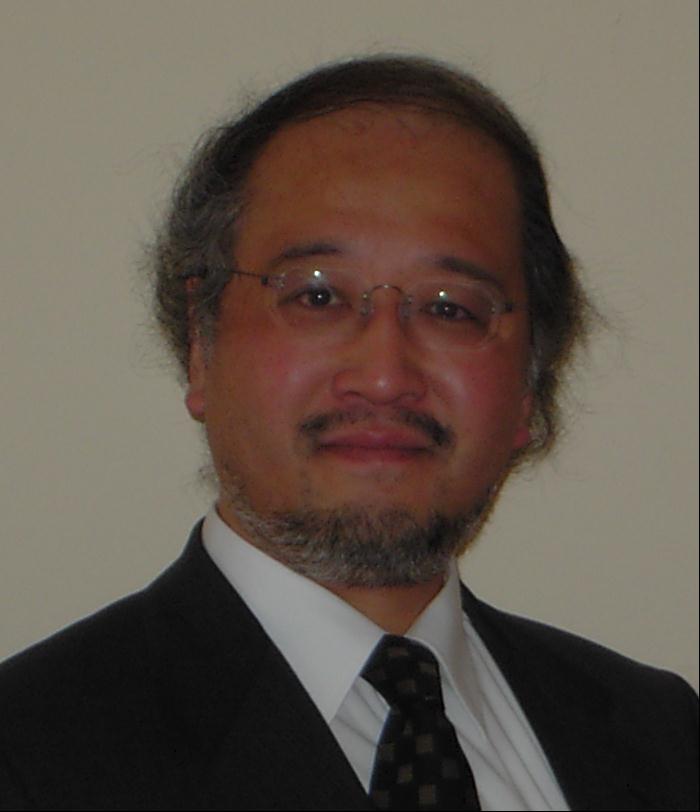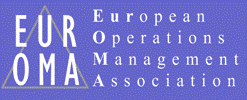Serving the World
Main Conference: July 2, 3, 4, 2012
Doctoral Consortium: June 29 - 30, 2012
Welcome Reception: July 1
Optional Excursion, July 5
Takahiro Fujimoto
An Evolutionary Analysis of Industrial Performance:
Capability-Architecture Fit and Locations of Design Sites
This tutorial tries to apply a framework of architecture-based comparative advantage to the cases of industrial competitiveness and intra-industrial trade in the era of intensifying global competition.
Based on a hypothesis that there exists a dynamic fit between organizational capabilities in manufacturing and product-process architectures of tradable goods, this presentation emphasizes that rapid growth of intra-industrial trade is a general trend in 21st century's global economy, and that trade theories which can explain international locations of design sites are as important as traditional ones explaining locations of production sites.
As an alternative framework, I propose an evolutionary framework of design-based (or architecture-based) comparative advantage, which tries to integrate certain concepts in Ricardian trade theory, evolutionary economics, design theories in engineering, and technology-operations management. Namely, the proposed framework includes the following components: (i) the design-based concept of open manufacturing (monodukri in Japanese), which reinterprets firms' development-production-sales activities as creation and transfer of value-carrying design information flowing toward the customers; (ii) the generic logic of comparative advantage, which assumes that a fit between countries' characteristics and product attributes creates competitive advantage of a given product in a given country; (iii) the evolutionary theory of manufacturing systems; (iv) the concept of product-process architecture, originated from a theory of axiomatic design in engineering.
This presentation applies this architecture-capability framework to the case of industrial performance in different countries and regions, and argues that Chinese industries, for example, tended to have comparative advantage in labor-intensive products with open-modular (or quasi-open-modular) architecture, whereas Japanese industries tended to have competitive advantages in closed-integral architecture products.
History matters here. One of the initial conditions of Chinese manufacturing industry was economic isolation with the Soviet-style national innovation system, where R&D activities were highly concentrated in the central government. Thus, when it faced opportunities of rapid market growth, Chinese firms had abundant labor force, but tended to suffer from lack of cash and design information. Many of the Chinese firms of those days had no choice but to rely heavily on existing design information (purchased, licensed, copied, or modified), and this evolutionary path became an origin of both strength and weakness of today's Chinese industries.
Japanese industries faced a quite different historical path in the late 20th century. They were facing chronic shortage of labor, cash and materials (if not design information) when Japanese economy grew rapidly between the 1950s and 80s, which resulted in long-term employment and transactions. Coordination-based capabilities emerged in many Japanese firms as a result of this evolutionary path, and the products that tend to fit such capabilities, according to the architecture-based comparative advantage hypothesis, have been those with closed-integral architecture.
These contrasting evolutionary paths of Chinese and Japanese manufacturing industries may be one of the reasons why current pattern of China-Japan trade is rather balanced and complementary. Both sides are currently facing many problems to be solved, but there are ample opportunities to cooperate in open manufacturing operations and strategies.
The framework also predicts that the US, Korea, Taiwan, India and other emerging economies, as well as different parts of Europe have different historical and geographical backgrounds, and that manufacturing and design sites of different capability-architecture types tend to be concentrated in different regions and countries. Although persuasive power of such design-based framework of trade and industrial performance is somewhat limited, I believe that it can make an additional contribution to our analysis of global industrial structure and performance in this century.

Faculty of Economics, University of Tokyo
Takahiro (Taka) Fujimoto is a professor, Faculty of Economics at University of Tokyo, Executive Director of Manufacturing Management Research Center (MMRC). He is also Faculty Fellow of Research Institute of Economy, Trade and Industry, and Senior Research Associate at Harvard Business School.
He specializes in technology and operations management. Fujimoto graduated from Tokyo University and joined Mitsubishi Research Institute in 1979. He received doctoral degree from Harvard Business School in 1989. Fujimoto's main publications in English include: Competing to Be Really, REALLY Good (2007), The Evolution of a Manufacturing System at Toyota (1999) and Product Development Performance: Strategy, Organization, and Management in the World Auto Industry (1991) with Kim B. Clark.
Sponsors
City of Amsterdam
Dinalog
Deloitte
World Class Maintenance
TNT Express
Organisation
University of Amsterdam
Eindhoven University of Technology
University of Groningen
Erasmus University Rotterdam
VU University Amsterdam
This conference is also the 19th International Annual EurOMA Conference
The 4th World P&OM conference is a joint initiative of:



